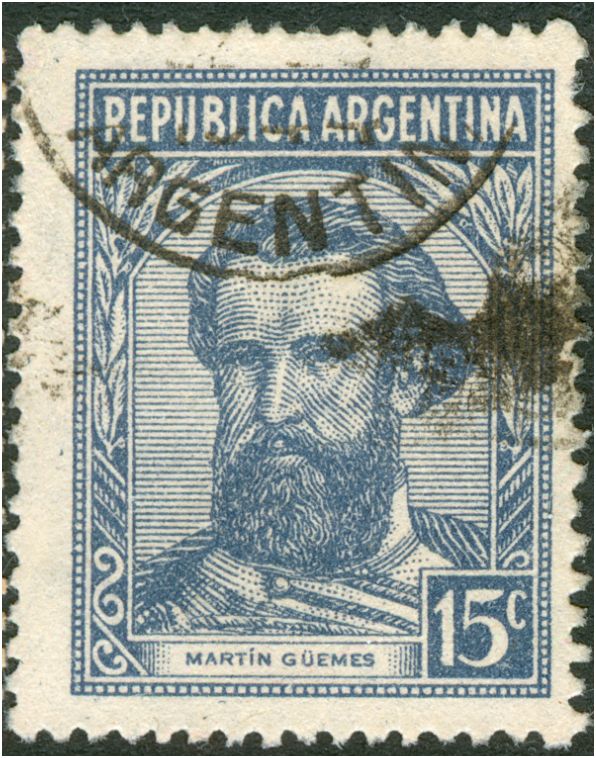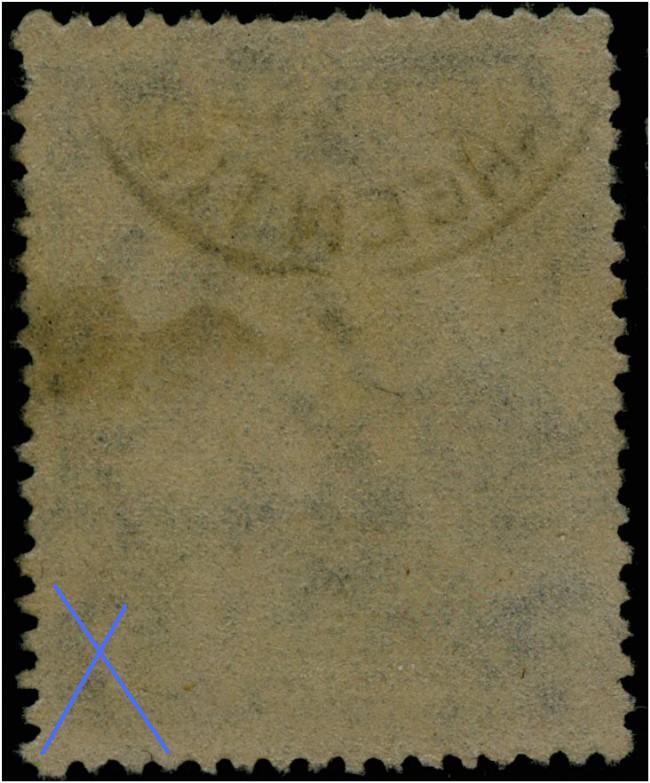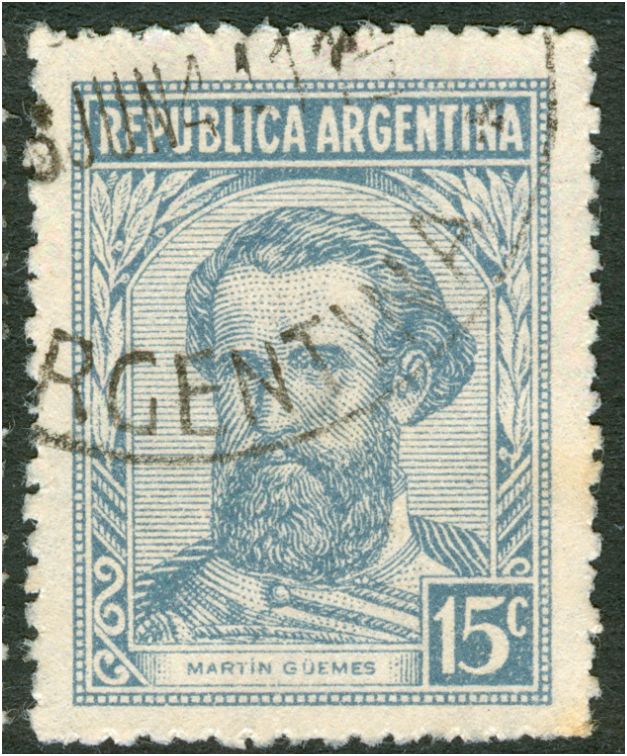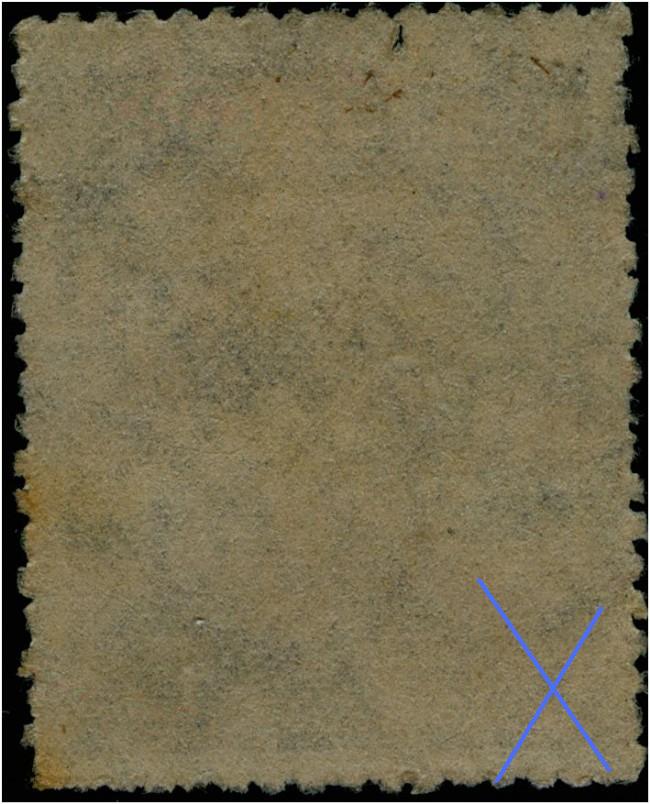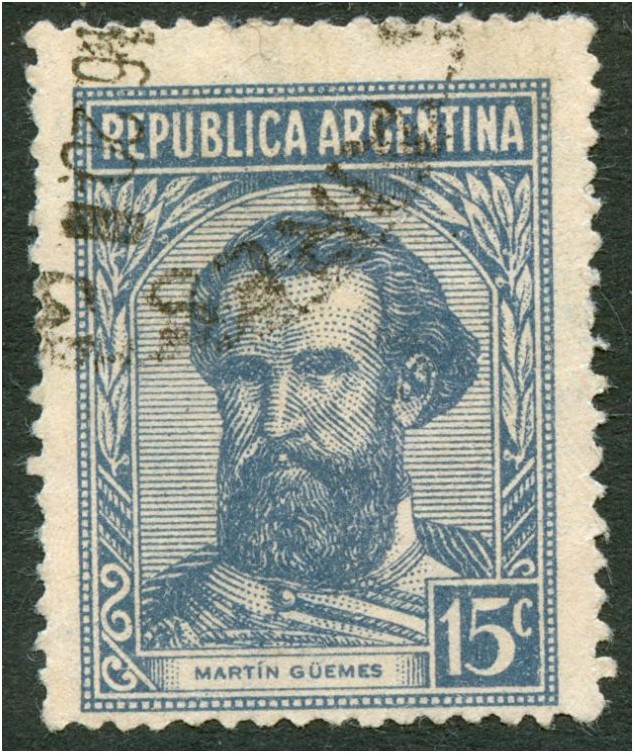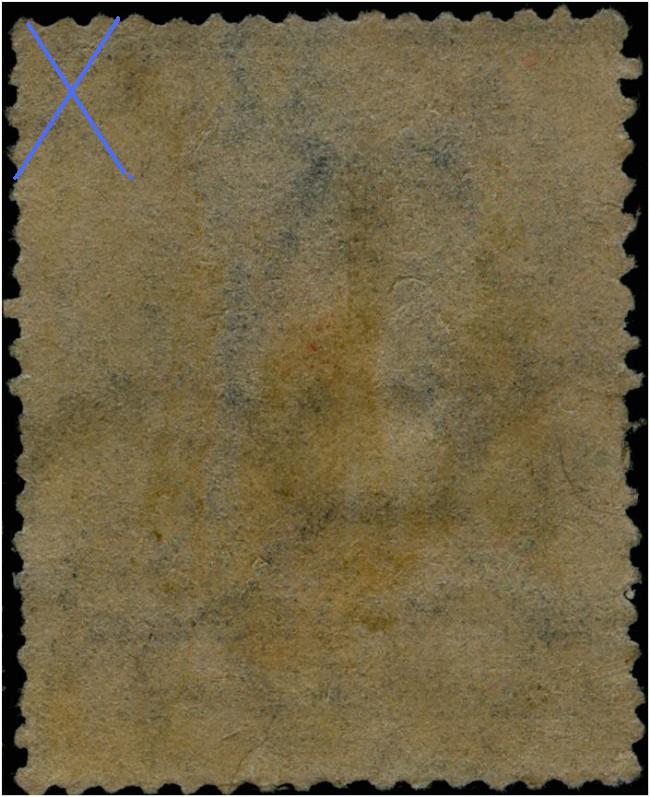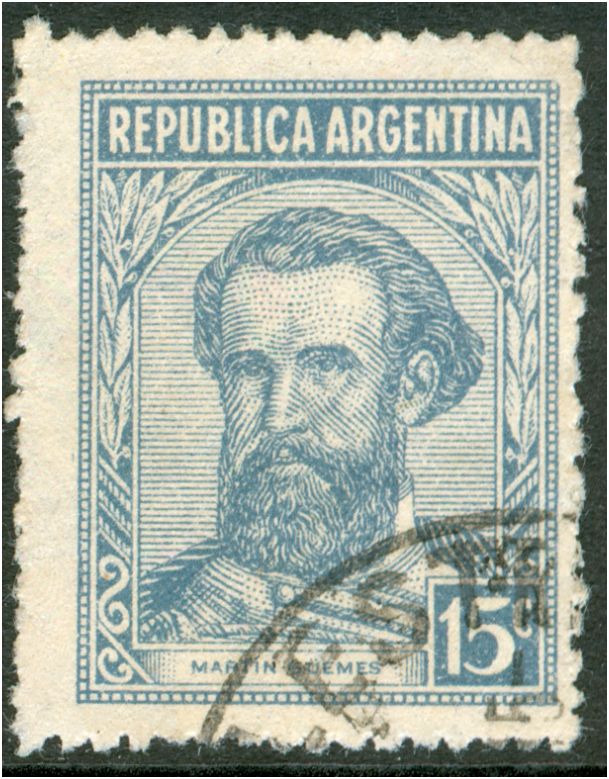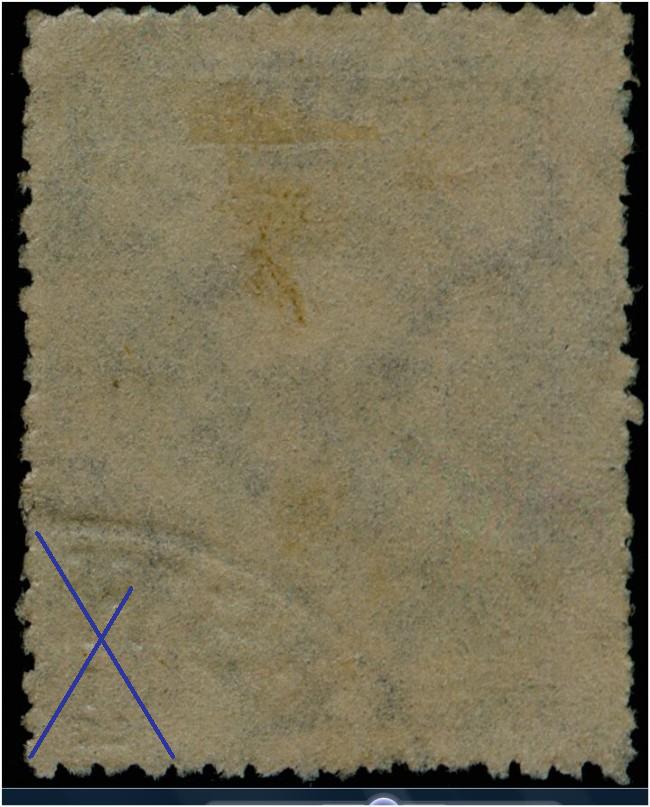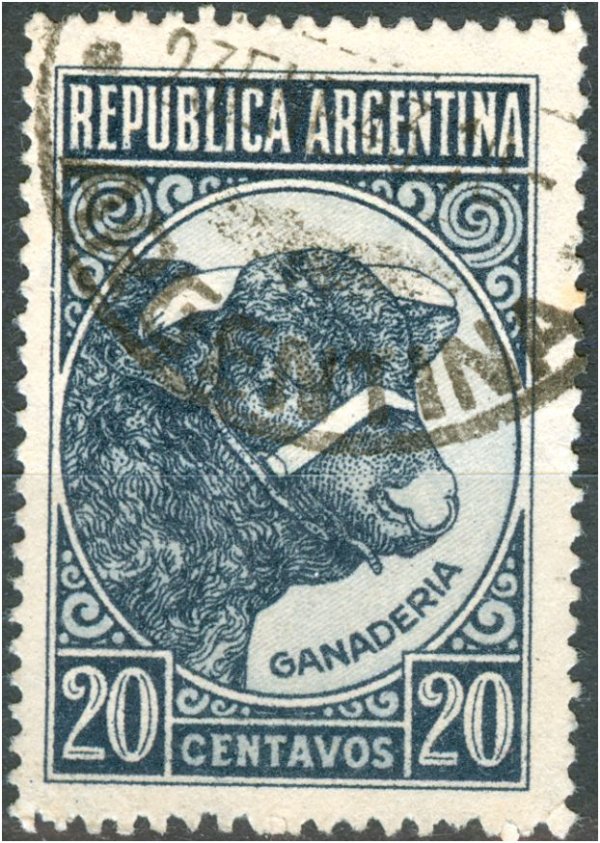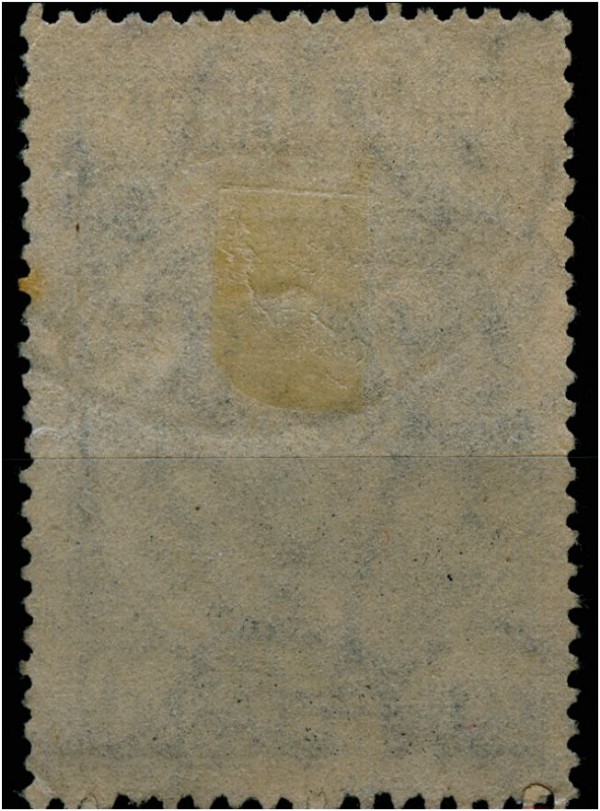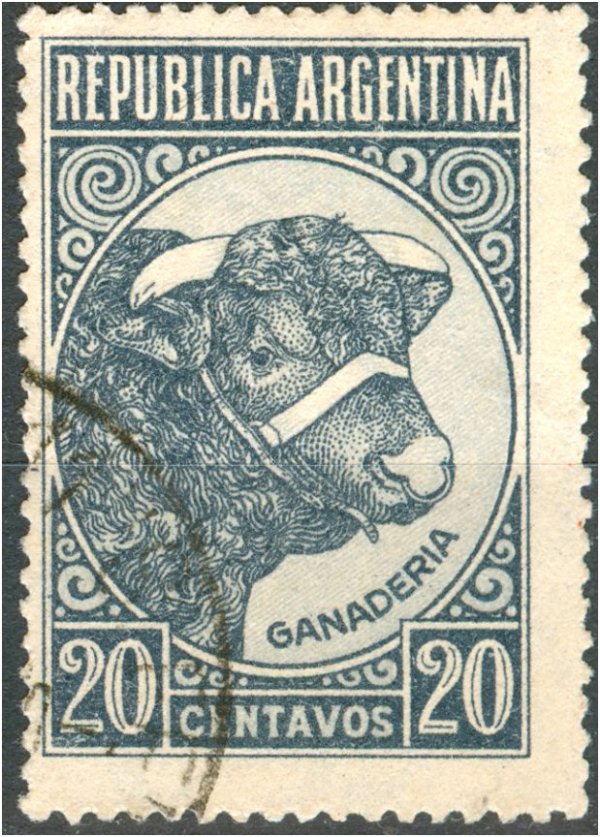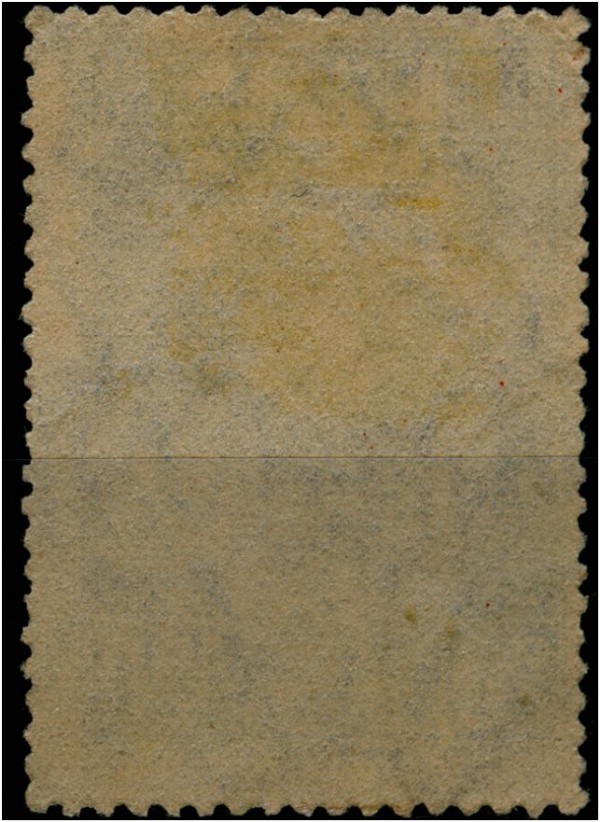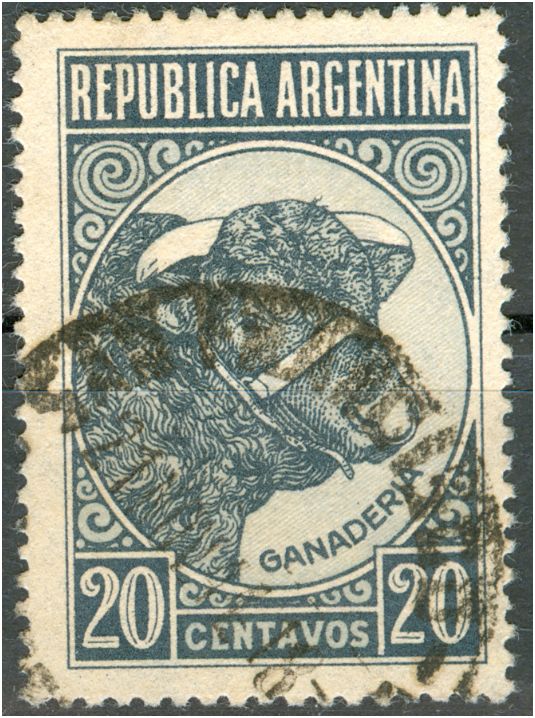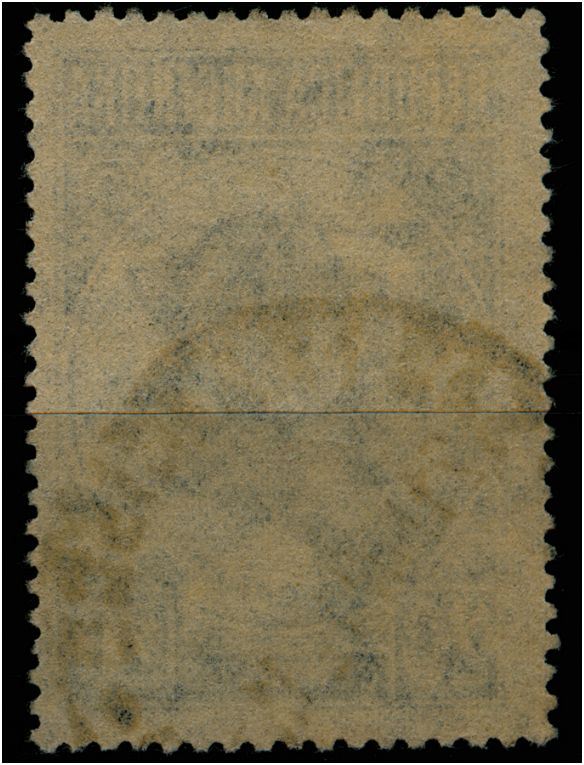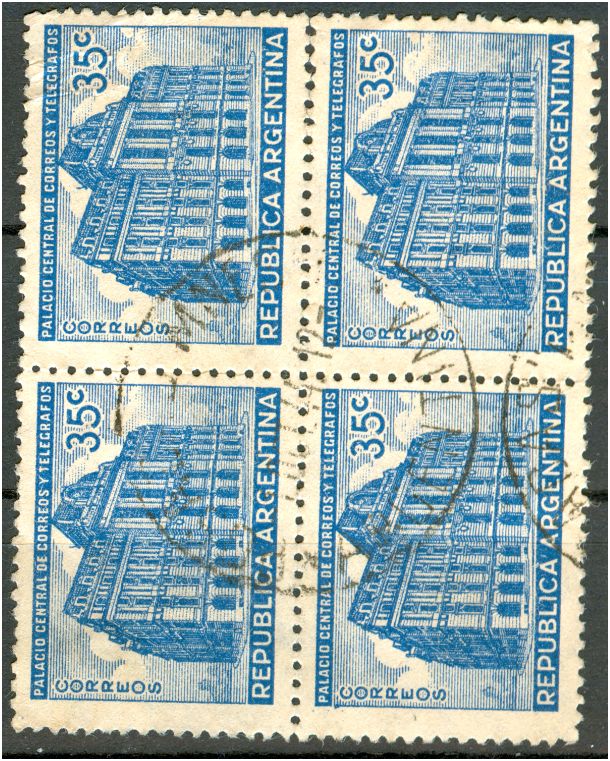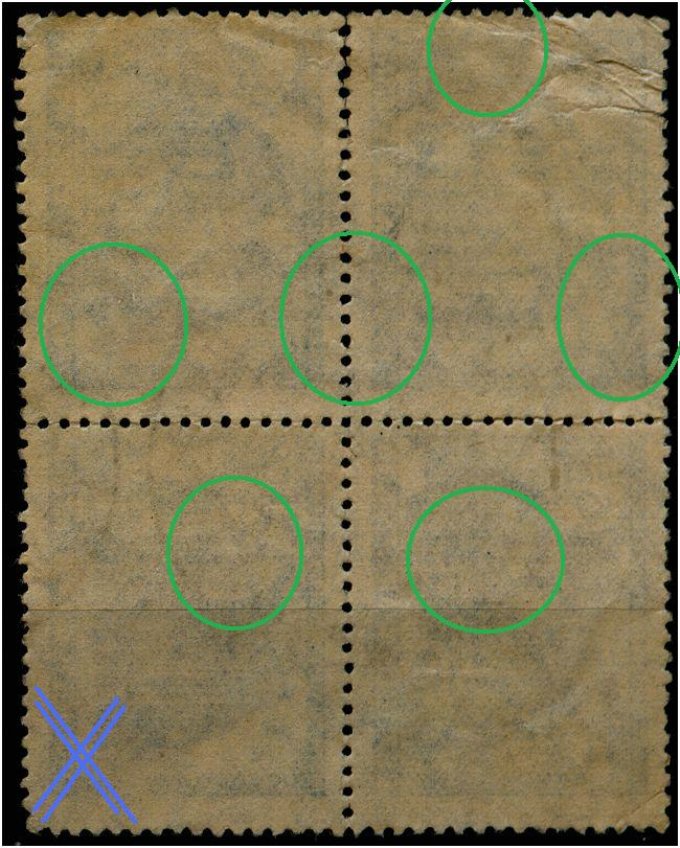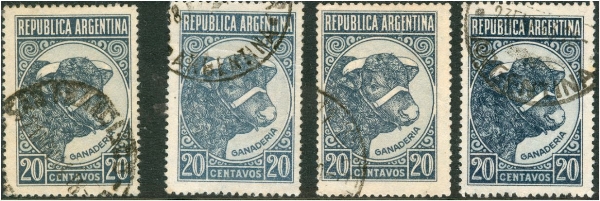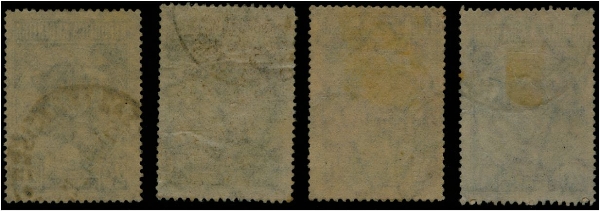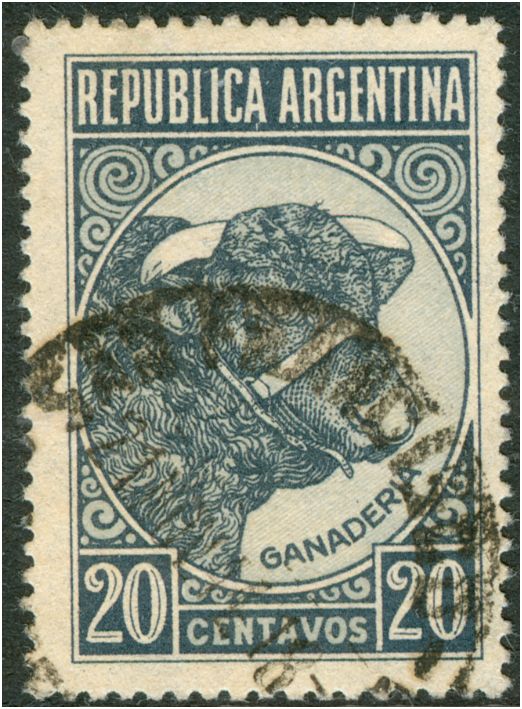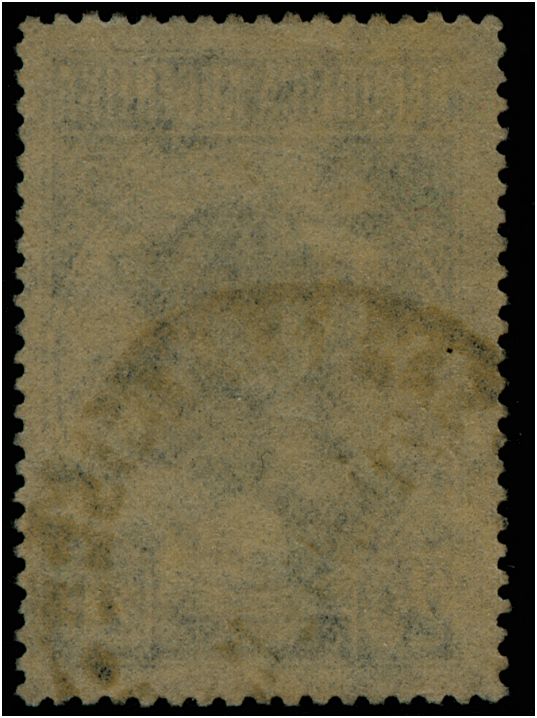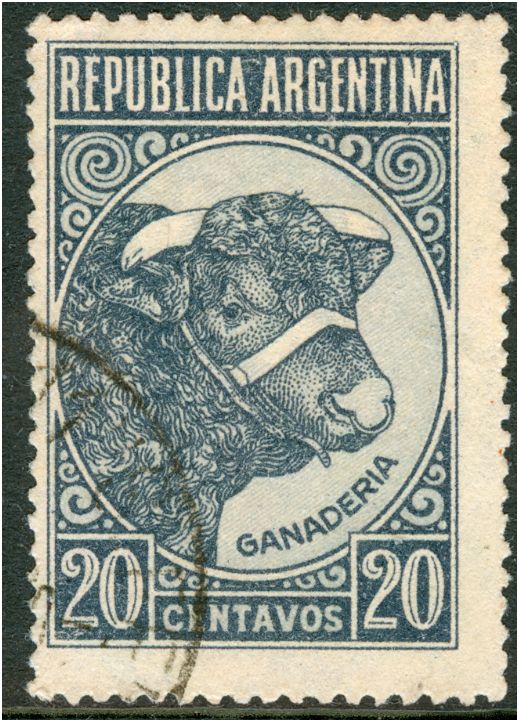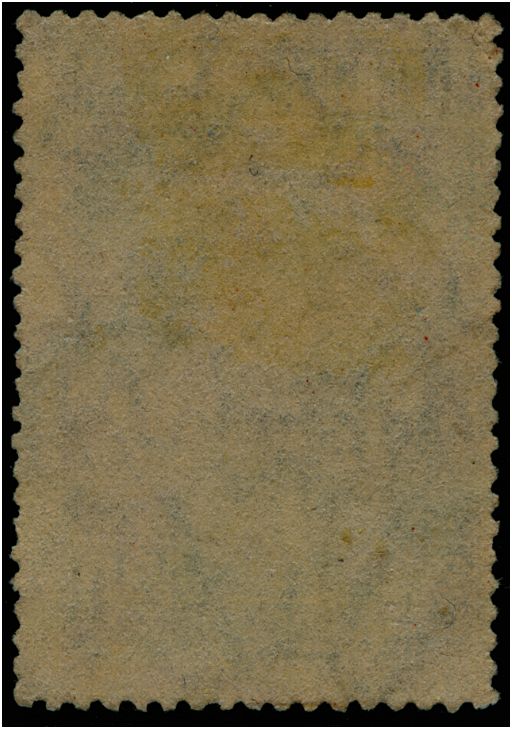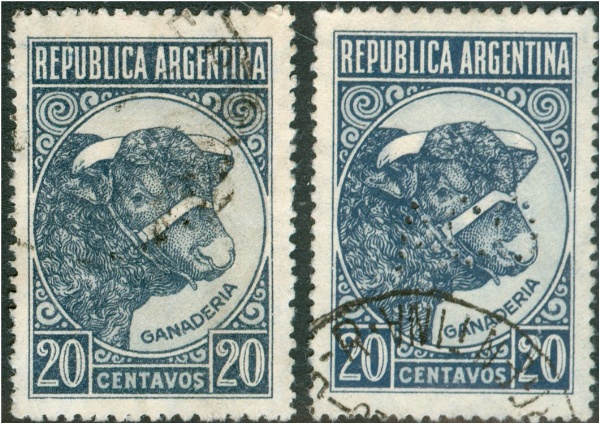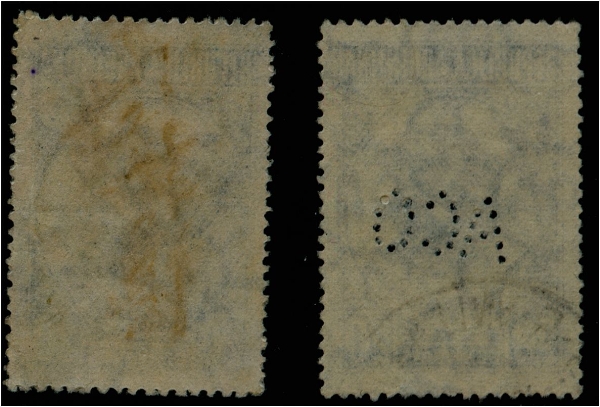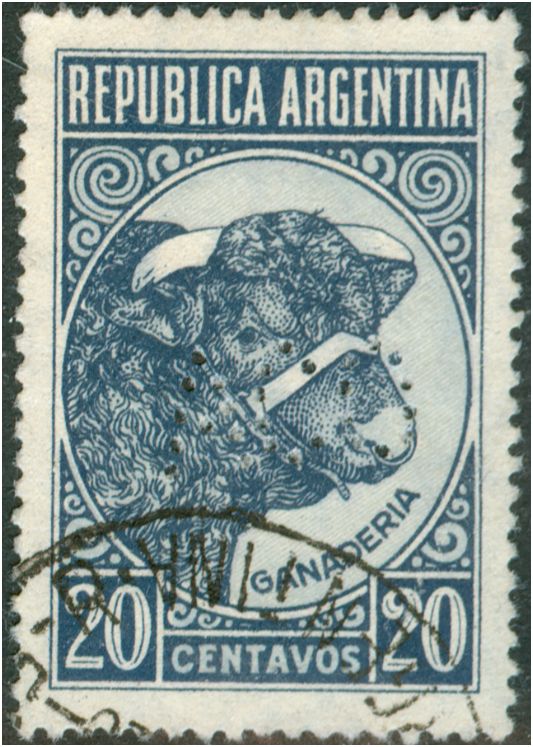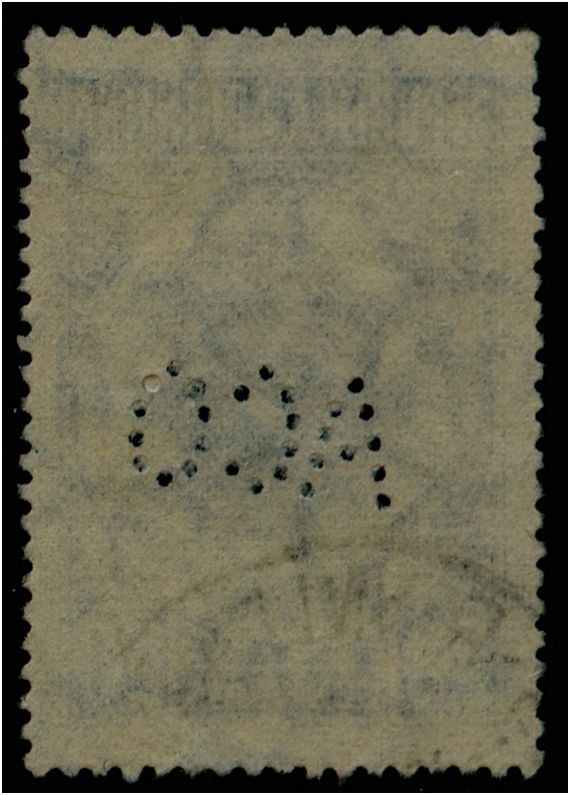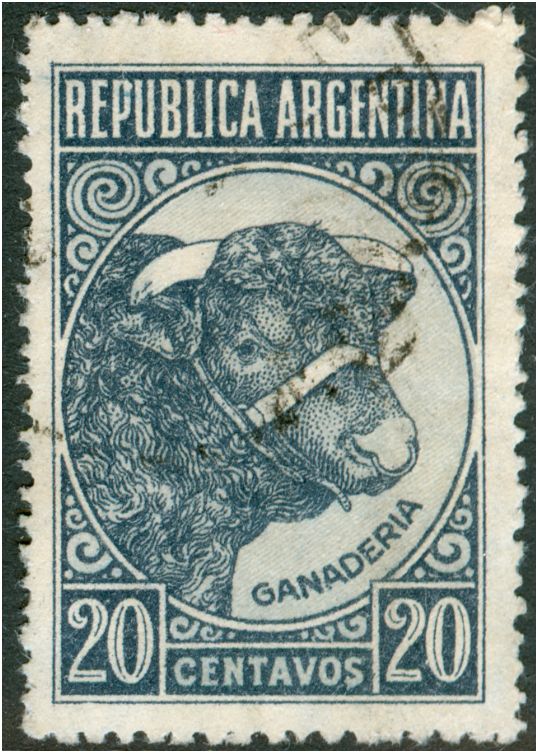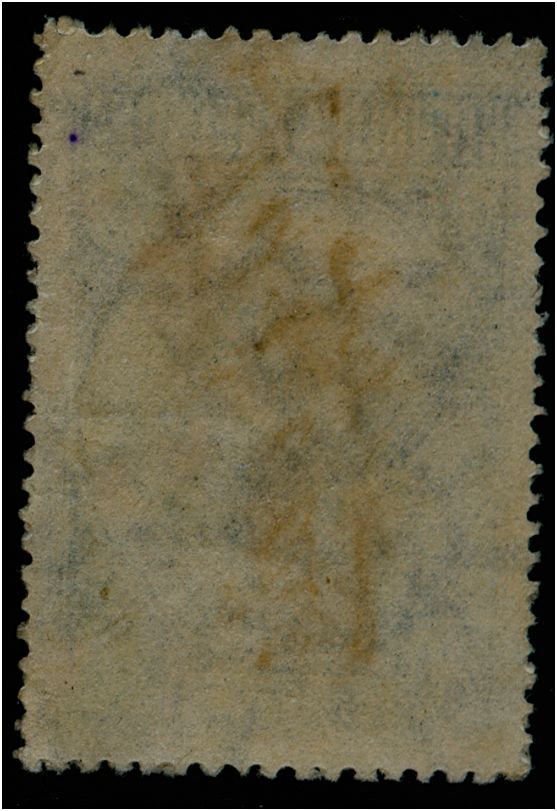Both RR difuso (RR 1) and RR nitido (RR 2) have "m" in the Bardi catalogue - that is the line of AЯ will be parallel to the short side of the stamp (D.A. Bardi's notation!). What are the differences that we can recognize????
What I have said before and probably will have to repeat it time and again is the rough surface (being heavily felted) of both the back and the front of the Nitido version PLUSD its white colour is ONE condition, the OTHER is the ASYMmetrical paper mesh. Of course, the rays are so-called "straight" but that is not the proof! Imnportant is also the distance between the 2 identical lines of AЯ [3.5mm instead of 3.0mm; or at least more than 1.5mm between 2 consecutive lines of AЯ]. And as mentioned before both measurements can be found in the Nitidos!
A conditio sine qua non for the Difuso version is the SYMmetrical paper mesh!
Nitido:
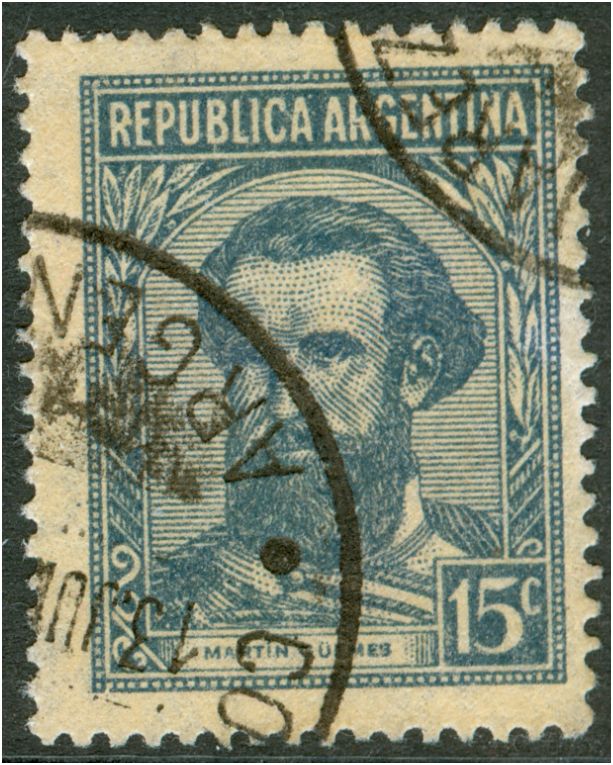
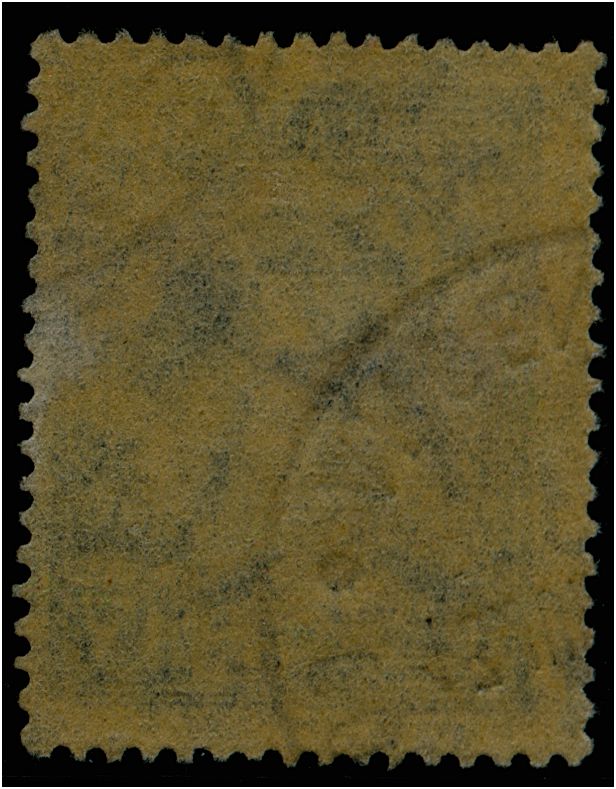
Difuso:
